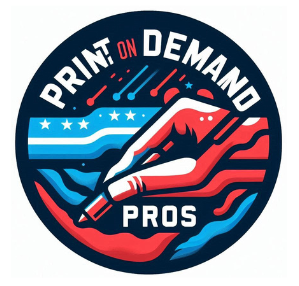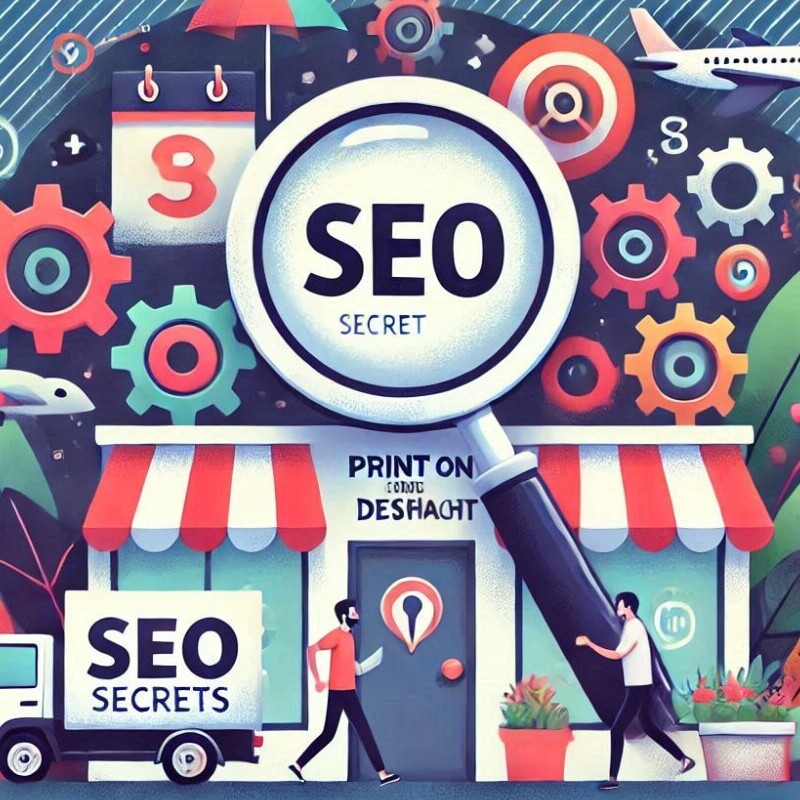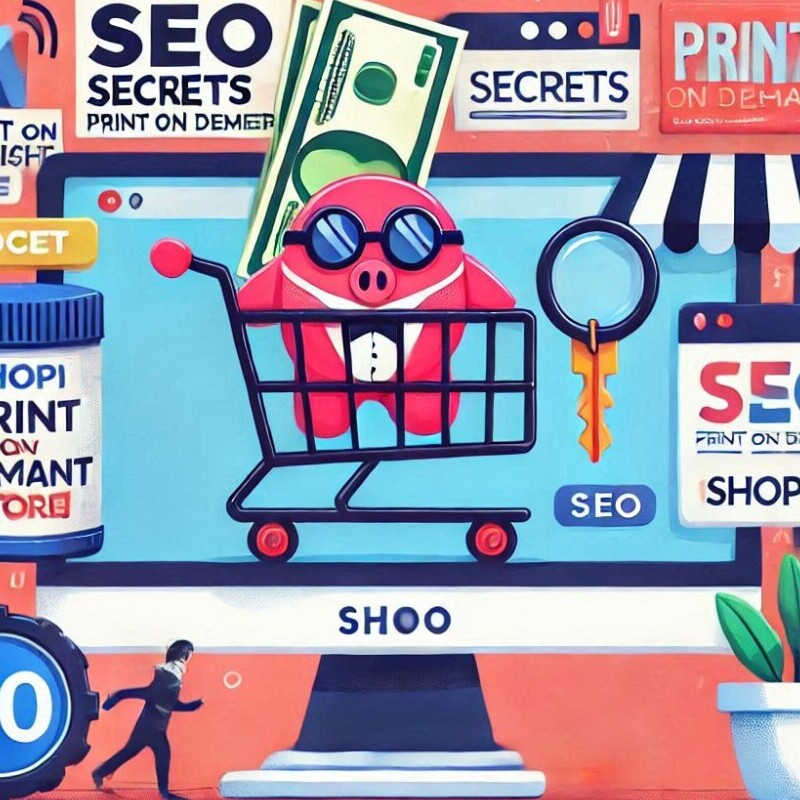SEO or Search Engine Optimization is the magic behind getting found on the internet. Imagine having a cool print on demand store on Shopify but nobody knows about it. That’s where SEO comes in. It’s all about tweaking your online presence so search engines like Google can find you easily and show your store to people who are hunting for products just like yours.
For a print on demand store, SEO isn’t a one-size-fits-all approach. The competition is different, the audience is unique, and you often have niche products. You’ve got to tailor your SEO just like you do with your print designs. Whether it’s the keywords you choose or the content you create, it’s got to resonate with the folks likely to buy your stuff.
Now, before setting sail on your SEO journey, you need to set some realistic goals. Maybe you want more traffic, or perhaps you aim for better conversion rates. Whatever it is, you need a roadmap. Understanding what success looks like for your store is the first step. This helps in shaping your SEO strategies and keeps you focused on what matters most to your bottom line.
Keyword Research: The First Step to Uncovering Hidden Traffic Opportunities
So, keywords are like tiny breadcrumbs that lead customers to your store. When you’re running a print on demand business on Shopify, finding the right keywords is crucial. They’re the words folks type into Google when they’re looking for something specific. The trick is figuring out which ones will help them find you.
To start off, you might want to dive into some keyword research tools like Google Keyword Planner or Ubersuggest. These tools give you a peek into what people are actually searching for and how often. It’s like having a map that shows you where all the buried treasure is hidden.
Here’s a tip: don’t ignore long-tail keywords. These are longer phrases that might not have as much search volume, but they usually indicate a buyer who’s ready to make a move. Think like a consumer—what exactly are they searching when they’re on the hunt for something you offer?
Once you’ve got your keywords, you’ve got to weave them naturally into your store’s content. But remember, keywords are there to guide you, not rule you. Your product descriptions and content should still speak human. After all, your customers are real people, not robots.
On-Page SEO Strategies: Enhancing Your Store’s Visibility and User Experience
Your Shopify store’s on-page SEO plays a huge role in making sure potential customers not only find you but stick around long enough to make a purchase. Start by crafting product descriptions that aren’t just informative but also engaging. Yes, stuffing keywords is tempting, but it’s all about striking the right balance. Describe your products in a way that catches attention while naturally incorporating those chosen keywords.
Images are another biggie. They can make or break the loading time of your store, which in turn affects your SEO. Optimize your images by compressing them without losing quality. It’s like giving your store a little speed boost, and search engines love fast-loading pages.
Metadata—the often overlooked champion of SEO. This includes your title tags, meta descriptions, and headers. Title tags should be descriptive and include your primary keywords. Meta descriptions act like mini adverts, enticing users to click on your link in search results. Headers, meanwhile, structure your content and make it easier for both users and search engines to understand what’s on your page.
All these elements together can elevate your store’s user experience. Keep them smooth and relevant, and search engines will reward you by boosting your store in search results. It’s all about weaving SEO into every page of your store, making the journey from casual browsers to happy customers as seamless as possible.
Building Authority: Off-Page SEO Tactics to Drive External Traffic
Off-page SEO is like the word-of-mouth of the digital world. It’s all about building authority and credibility for your Shopify store beyond your domain. Social media can play a massive role here, letting you create and share engaging content that captures interest and keeps your audience coming back. Each post, share, and like can indirectly influence your SEO.
Collaborating with others in your niche can significantly boost your reach. Think about partnerships or writing guest blogs on relevant sites. It’s not just about driving traffic back to your store; these strategies help build relationships and expand your audience. When they mention and link back to your store, it signals to search engines that others trust your brand.
Backlinks are another crucial aspect of off-page SEO. Quality matters more than quantity here. Aim to get links from reputable sites rather than any random place. High-quality backlinks can boost your store’s domain authority, which in turn, improves your rankings.
Creating content that others want to link to is essential. Whether it’s a helpful guide, an interesting video, or infographics, valuable content gets shared, building natural backlinks and increasing your e-store visibility.
Each of these strategies contributes to building a robust off-page SEO that not only puts you on the map but keeps you there.
Monitoring, Analyzing, and Adjusting: The Role of Analytics in SEO Success
Your SEO journey doesn’t stop once you’ve implemented your strategies. Keeping an eye on how well your store is performing is key to long-term success. Shopify’s own analytics combined with tools like Google Analytics give you a treasure trove of data to dig through.
Certain metrics should be your go-to when assessing your efforts. Organic traffic shows how many visitors find you through search engines. A high bounce rate might suggest that visitors aren’t finding what they expected, indicating an area for improvement. And, of course, conversions tell you how many visitors become buyers.
Being data-driven means never getting too comfortable. SEO is fluid, and so should be your approach. Regularly analyze this data to identify what’s rocking and what’s not holding up its end of the bargain. Adjust your tactics based on what these insights tell you. It could be tweaking a keyword strategy or refreshing stale content.
The digital landscape is always shifting, so staying agile puts you ahead of the curve. Keep testing, keep optimizing, and don’t be afraid to experiment. SEO success is a journey, not a destination, so keeping your finger on the pulse ensures your print on demand store not only survives but thrives.




Key strategies for increasing organic traffic are provided. The author emphasizes the importance of keyword research and their integration into product titles, descriptions and meta tags. Also, he recommends optimizing the mobile version of the site and using quality backlinks through guest blogs. Regularly updating product descriptions and optimizing images with descriptive names and alt tags are also highlighted as essential steps. These tactics help improve search engine visibility and ranking, which directly impacts sales growth.